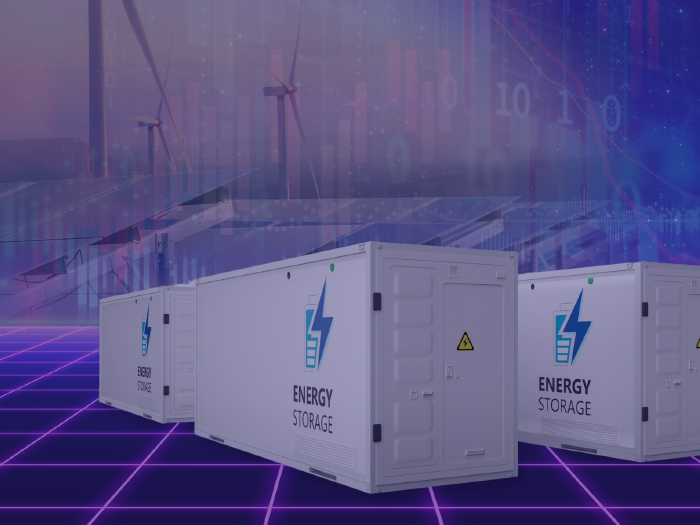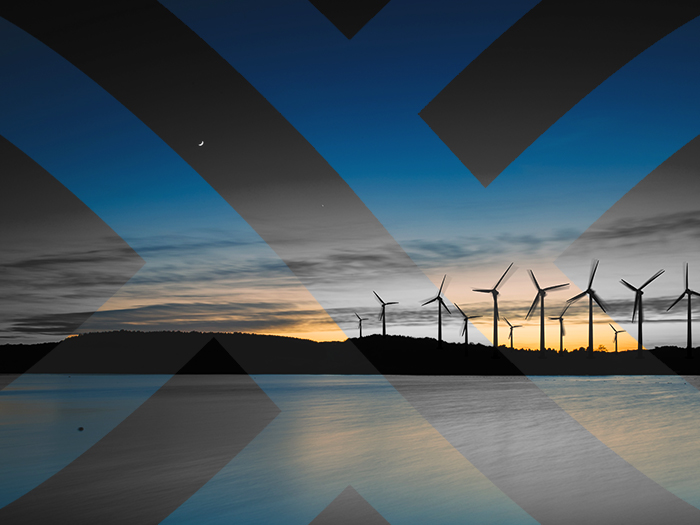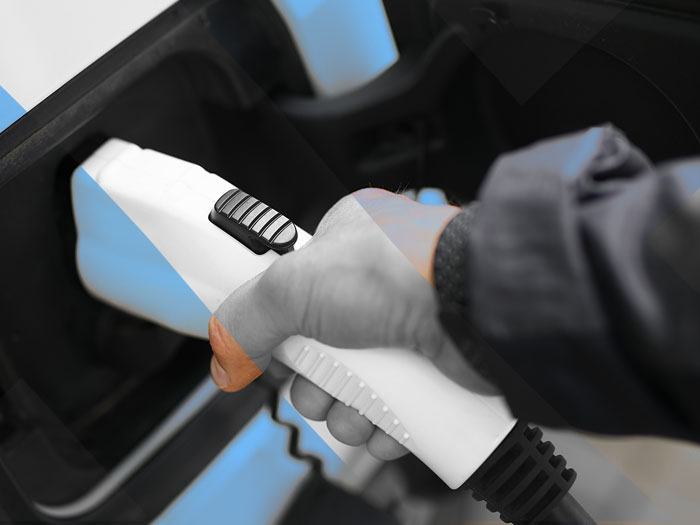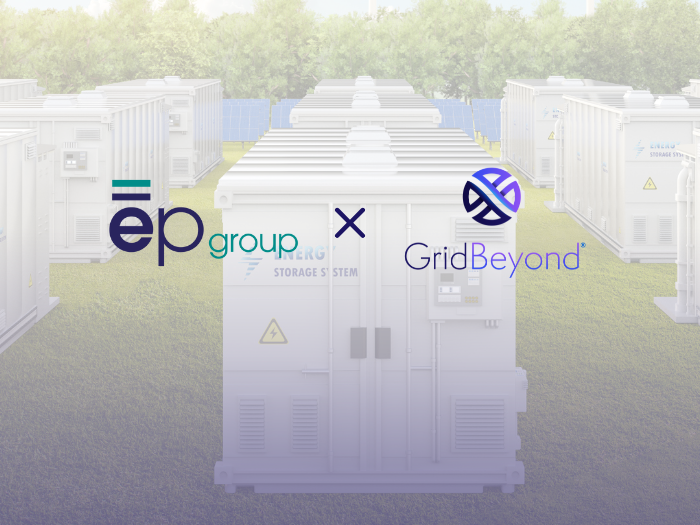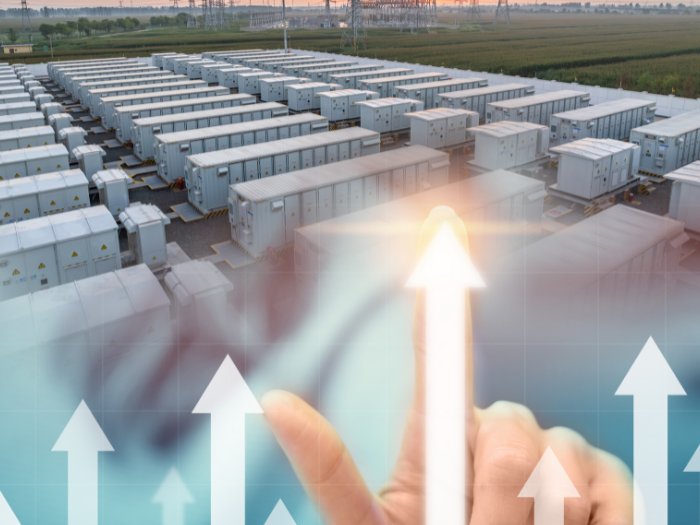News
better business decisions
Posted 6 months ago | 4 minute read
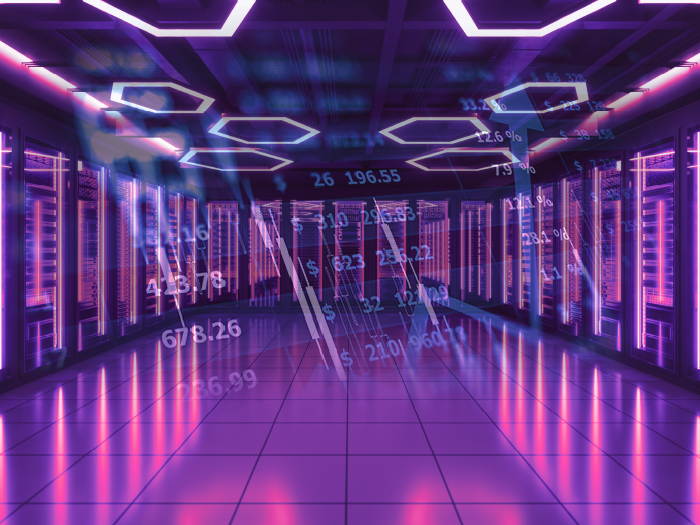
Data centre deployment: the nexus of energy and AI
The development and uptake of artificial intelligence (AI) has accelerated in recent years, elevating the question of what widespread deployment of the technology will mean for the energy sector.
In its recent report the IEA examined all aspects of the links between energy and AI. It noted that data centres accounted for around 1.5% of the world’s electricity consumption in 2024 (415TWh), of which the United States accounted for the largest share of global data centre electricity consumption in 2024 (45%). Globally, data centre electricity consumption has grown 12% a year since 2017 and is set to reach 945TWh by 2030 and 1 200TWh by 2035.
The IEA also noted that electricity grids are already under strain in many places and as a result around 20% of planned data centre projects could be at risk of delays owing to grid connection queues. Building new transmission lines can take four to eight years in advanced economies and wait times for critical grid components such as transformers and cables have doubled in the past three years. Generation equipment is also in high demand. Turbine deliveries for new gas-fired power plants now face lead times of several years, potentially delaying their commissioning beyond 2030.
As we noted in our recent white paper, the rapid expansion of data centres has significantly increased electricity demand, prompting grid operators and regulators to implement measures ensuring reliable and sustainable integration of these large loads. But the IEA agreed that key options to mitigate these risks include operating either data centre servers or their onsite power generation and storage assets more flexibly.
Data centres are perfectly positioned to support the transition to a carbon-free economy. Standby generators, UPS and on-site batteries can provide significant volumes of energy flexibility to the grid, without any negative impact on operations. Combined with green energy purchasing strategies, the high energy use of data centres brings an opportunity to drive forward the net zero transition.
Utilise existing flexibility from UPS
Standby generators, UPS systems, and on-site batteries can provide substantial volumes of energy flexibility to the grid, ensuring uninterrupted operations without any negative impact.
By integrating these technologies with green energy purchasing strategies, data centres, which are known for their high energy consumption, can play a pivotal role in advancing the net zero transition. This approach not only supports the stability and reliability of the grid but also aligns with sustainable practices.

On-site battery – A strategic investment
By integrating gas generation or battery storage systems, you can effectively compensate for the grid import limit, ensuring that your site remains fully powered even when the grid cannot meet your demand.
These systems provide a reliable and consistent power source, seamlessly stepping in during times of grid insufficiency. Through intelligent management of your generator and battery output, you can balance the load dynamically, ensuring uninterrupted operations and optimal performance. This approach not only overcomes grid connection limitations but also mitigates potential delays, providing a robust and reliable power solution tailored to your needs. Additionally, it enhances your site’s energy resilience and operational efficiency. By leveraging these advanced energy systems, you can maintain continuous operations, reduce dependency on external power sources, and achieve greater energy autonomy. This strategic integration ultimately contributes to a more stable and reliable power infrastructure, supporting both current operational demands and future growth.

Manage costs using load and battery
Managing energy costs effectively is crucial, especially during peak pricing periods. The challenge lies in balancing the high demand and volatile energy prices with the need to maintain operational efficiency and cost-effectiveness. By defining a strike price based on the marginal cost of running the genset, you can reduce overall energy costs significantly. This approach allows you to shift load from the grid to your generators and batteries when electricity prices are highest, minimizing your energy expenses. Additionally, utilizing generators and batteries to reduce grid import during peak day-ahead prices further optimizes cost savings. In addition, when opportunities arise, exporting excess energy back to the grid can generate additional revenue. This strategy not only offsets your energy costs but also transforms your energy management system into a profit centre.

GridBeyond works with the biggest global brands to deliver solutions to support data centres revolutionise their energy strategy and accelerate the journey towards net zero while ensuring zero downtime and guaranteeing customer SLAs are not impacted.
We help data centres achieve net-zero carbon emissions with actionable, realistic sustainability programs. Our experts identify actionable opportunities to reduce energy consumption and costs, optimise assets, and implement sustainability strategies that achieve net zero targets while generating a tangible return on your investment.

Global Whitepaper|Data Centres Connections: ERCOT and Ireland
This paper examines regulatory actions in the Electric Reliability Council of Texas (ERCOT) with the introduction of Senate Bill 6 (SB6) and Ireland’s Commission for Regulation of Utilities (CRU) proposed decision on connecting large loads. Both regions aim to balance the growth of data centres with grid stability and environmental considerations.
Learn more
